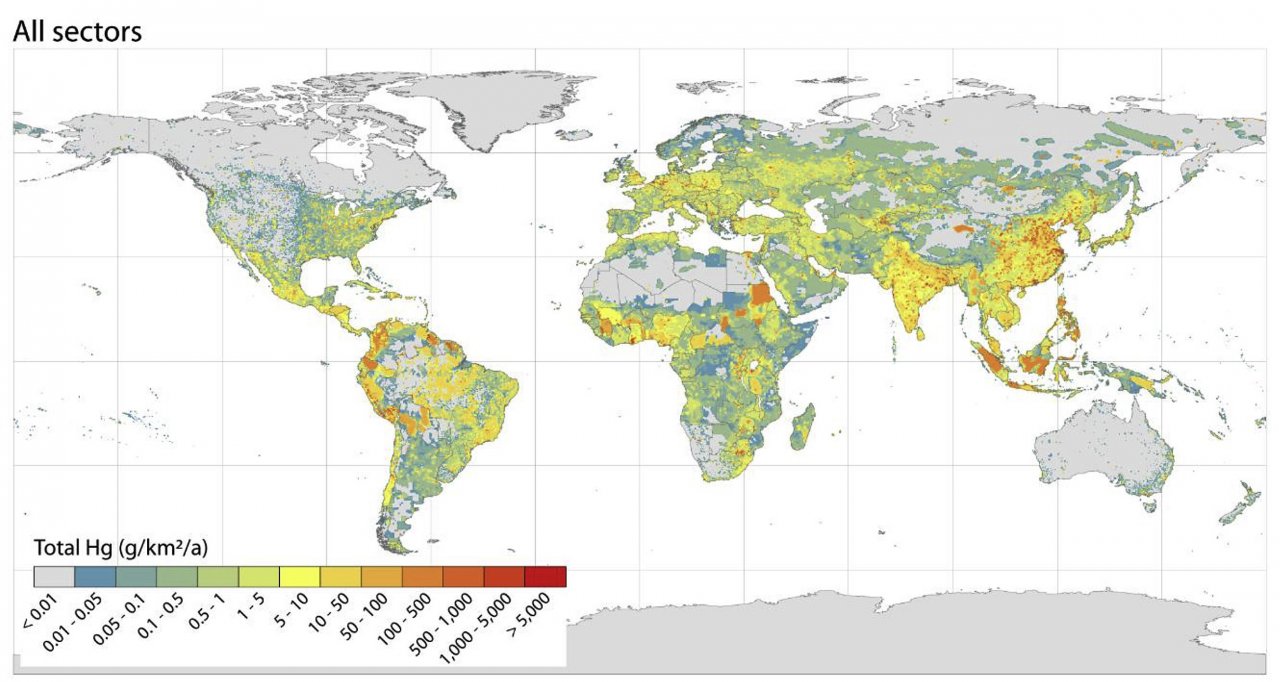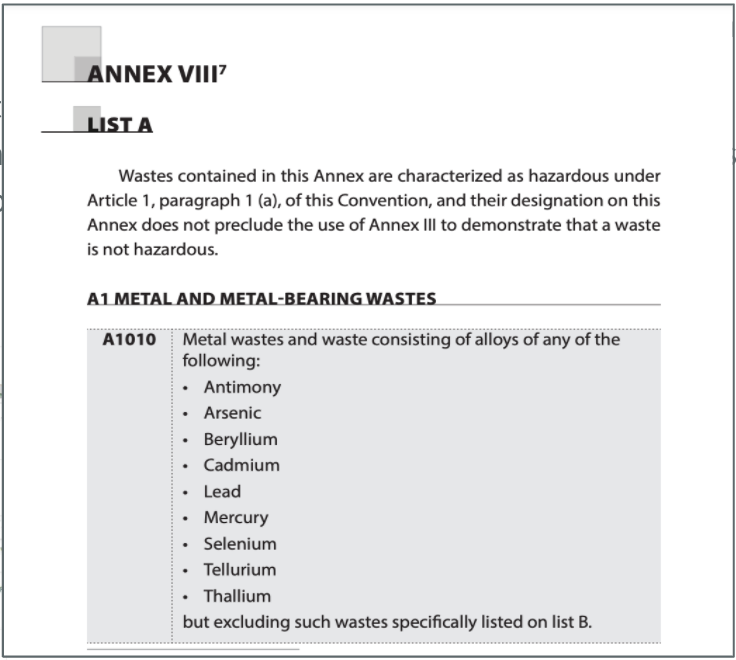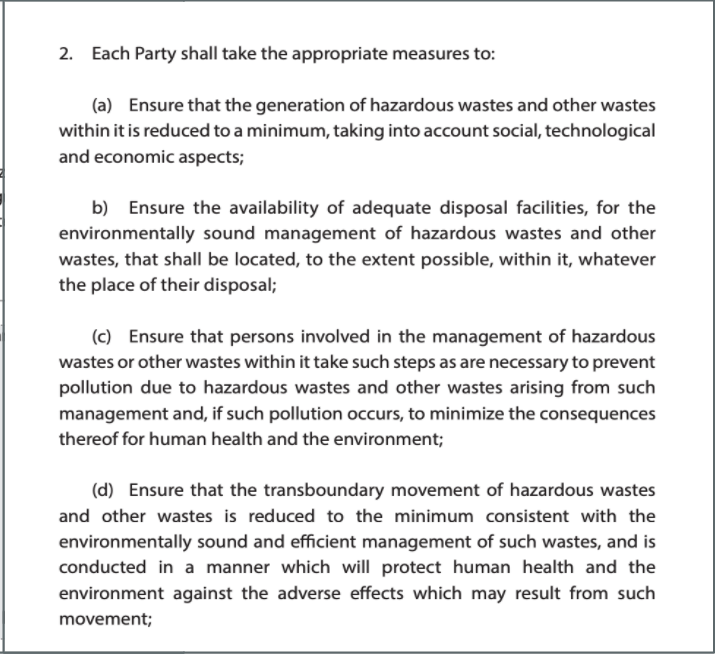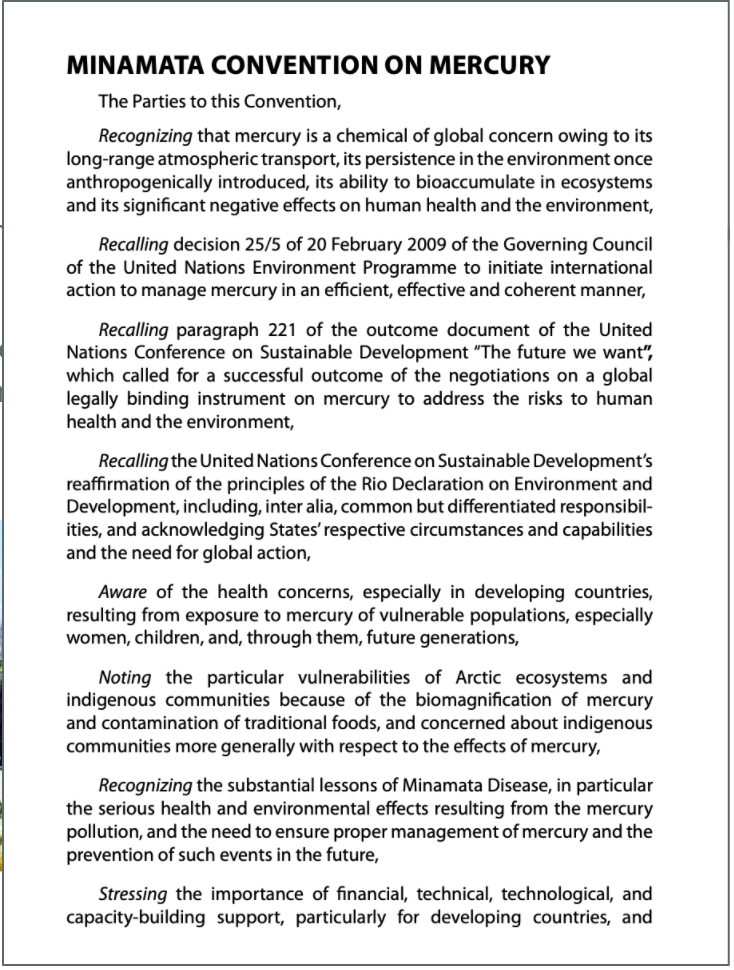
Map of global mercury emissions, 2018, U.S. Environmental Protection Agency
Regulations on mercury and other hazardous wastes have remained contentious in environmental diplomacy.
In the 1970s-1980s, several treaties, such as the Basel Convention, built upon the Stockholm Conference by constructing agreements to limit pollution from mercury, lead, and other substances.

Map of global mercury emissions, 2018, U.S. Environmental Protection Agency


Basel Convention on the Control of Transboundary Movements of Hazardous Wastes and Their Disposal, 1989, United Nations Environment Programme
After sustained negotiations to limit mercury in global trade, the Minamata Convention was adopted in 2013; it is unique for its health considerations.
Sakamoto, who has continued to spread awareness of Minamata disease and combat the chemical industry, attended the convention’s ceremony. She stated, “There are still so many problems, and I want people to know" (Reuters).

Japanese Environment Minister Nobuteru Ishihara and UNEP Executive Director Achim Steiner at the Minamata City Minamata disease memorial, 2013, Phys.org
Shinobu Sakamoto, Minamata disease survivor, calls on governments to end pollution, 2017, United Nations Environment Programme

Minamata Convention on Mercury, 2019, United Nations Environment Programme